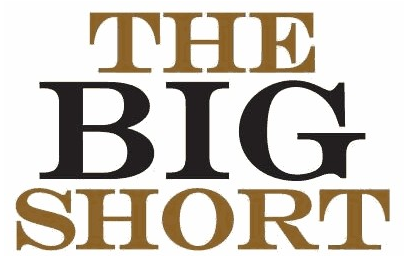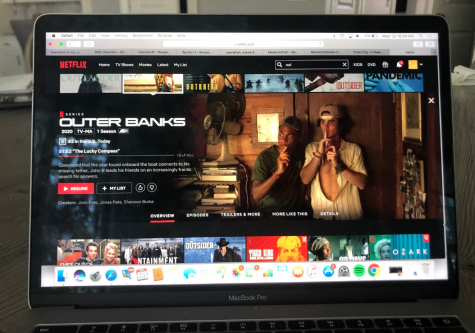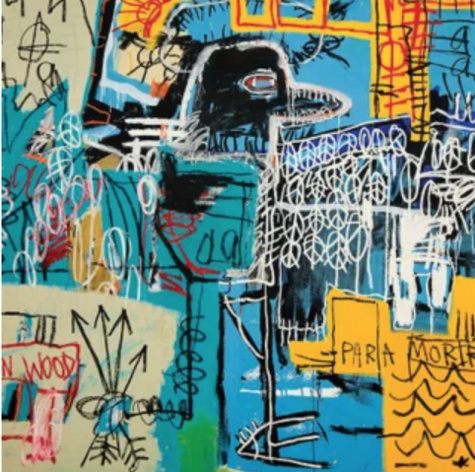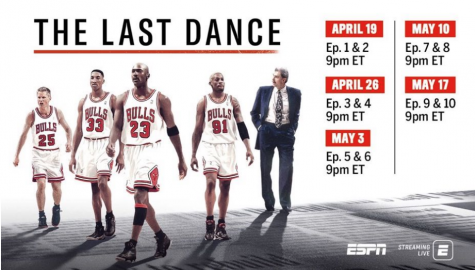Invest in “The Big Short”

Image via Wikipedia Labeled for reuse under the Creative Commons License
The finance industry and economics are both areas that are very difficult to understand without background knowledge. In this sense, creating a film adaptation of the Michael Lewis novel “The Big Short” consisted of huge obstacles from the get-go.
The film focused on a series of investment bankers and hedge fund managers who discovered that so-called “triple A” bonds, or bonds with low risk, were fraudulent; meaning that people who took on multiple bank loans for many houses with the purpose of selling the homes before payment was due would become unable to refinance at a lower interest rate. Thus, after predicting that a majority of the American public would have to default on their loans due to this inability to refinance, these investors came to conclusion that the house-mortgage market would collapse in 2007-2008, the due date for payment for many loans. As a result, these bankers were able to “short,” or bet against, the house-mortgage market and make billions of dollars.
While director Adam McKay tried to explain these complicated details of how such a feat was accomplished throughout the movie, it was clear that my fellow audience-members were just not “getting it.” And that’s what makes this movie so great.
What is a CDO? What does “tranche” mean? How do you short? How are bonds rated and why is that so important? Like the audience of the movie, the American public pre-2008 was just as confused and only knew minimal information to answer these questions, thus allowing them to easily be jipped by big Wall-Street banks.
A very important point that this movie did a great job in explaining is that the finance industry made it so difficult for people to understand the mortgage business through these confusingly technical terms that it was easy for fraudulent deals to occur. Specifically, it was easy for banks to sell bonds under the rating up triple A, when they were really much, much riskier.
And why did this work? Because even though people had a grasp and understood what these deals were at face-value, the entire American public, both the buyers in the public and the sellers in banks, had so much confidence in the mortgage business that they never dreamed there would be so much risk in these bonds. No one ever dreamed that a giant percentage of mortgage stockholders would default on their loans. But it happened.
Some people probably don’t even understand some of the terms I used in the above paragraphs. That is how complicated the industry has become. Even with the Jenga analogy, the poker analogy, and the hilarious definitions given by the actors within the movie, the most simple explanations are still difficult to understand.
You saw the consequences of this true failure to comprehend what was happening with the mortgage industry clearly within the movie. Previously “successful” banks like the Lehman Brothers went bankrupt. Unemployment soared. People lost homes.
Though this story details the stories of people who made hundreds of millions (and billions in Dr. Michael Burry’s case) by betting against the mortgage industry, it emphasized the cost to which they made money. Betting against the success of the American economy meant that you were betting against the financial success of American families. This emphasis added a type of human element to the film, making this not the typical success story. In a good way.
The movie begins with one quote by Mark Twain which truly sums up this message: “It ain’t what you don’t know that gets you into trouble. It’s what you know for sure that just ain’t so.”

An avid violin player and lover of TV show The Office, Jackie Sussman ’17 has a life filled with happiness doing the things she loves while surrounded...






















































